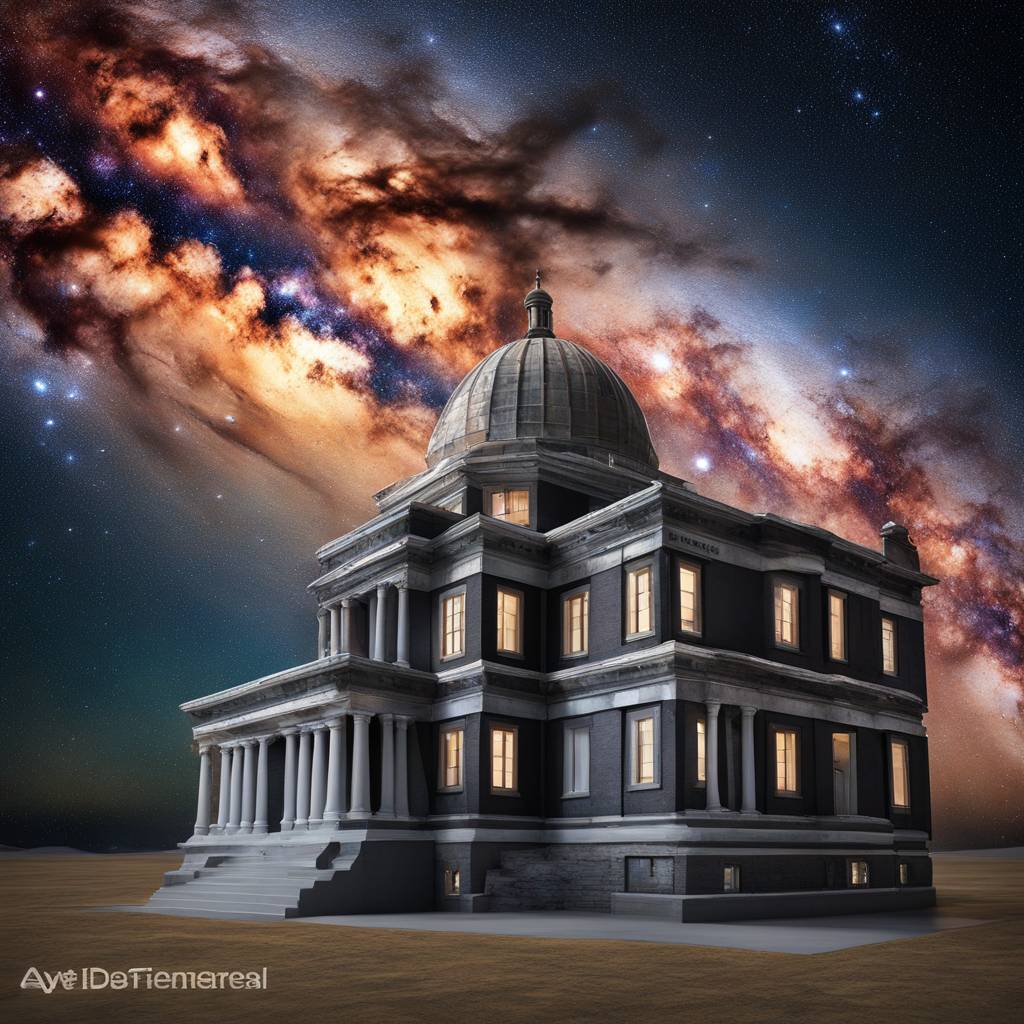Astronomers have discovered two of the Milky Way’s earliest building blocks, named Shakti and Shiva, remnants of two galaxies that merged with an early version of the Milky Way 12-13 billion years ago, contributing to the galaxy’s initial growth. This discovery required combining data from nearly 6 million stars from the Gaia mission with measurements from the SDSS survey, allowing astronomers to identify traces of these initial settlements that led to the creation of the present-day Milky Way.
The process of galaxy formation involves merging smaller galaxies, leading to the creation of large building blocks that contribute to the growth of the galaxy. The components named Shakti and Shiva were identified by combining data from Gaia with data from the SDSS survey. This finding is equivalent to archaeologists discovering traces of an initial settlement that evolved into a large city, shedding light on the early history of our home galaxy.
When galaxies collide and merge, several processes occur, including the formation of new stars from destabilized hydrogen gas clouds, as well as the mingling of stars from the merging galaxies. By tracing the basic properties of stars, such as energy and angular momentum, astronomers can identify stellar ancestry and determine which stars came from predecessor galaxies. Additional pointers, such as metallicity, help in pinpointing stars that formed earlier in the galaxy’s history.
Identifying stars that joined the Milky Way from other galaxies has only recently become possible due to the availability of large, high-quality data sets. The Gaia satellite has provided a wealth of data, enabling astronomers to conduct virtual excavations in this vast data set. This data revolutionized studies of star dynamics in our galaxy and led to the discovery of substructures like the Pontus stream and the “poor old heart,” populations of stars formed during the initial mergers that created the Milky Way.
Shakti and Shiva are considered early ancestors of the Milky Way due to their energy and angular momentum values, as well as their low metallicity. These structures are believed to be the first additions to the “poor old heart” of our galaxy, marking the beginning of its growth into a large galaxy. Ongoing and upcoming surveys promise to provide additional data that will enable astronomers to make a definitive determination regarding the nature of Shakti and Shiva as part of the Milky Way’s earliest prehistory.
In conclusion, the discovery of Shakti and Shiva sheds light on the early origins of the Milky Way and the processes involved in galaxy formation. By utilizing data from Gaia and the SDSS survey, astronomers have been able to identify these ancient building blocks that merged with our galaxy billions of years ago. Further research and surveys will continue to enhance our understanding of the Milky Way’s history and the contributions of other galaxies to its formation.













